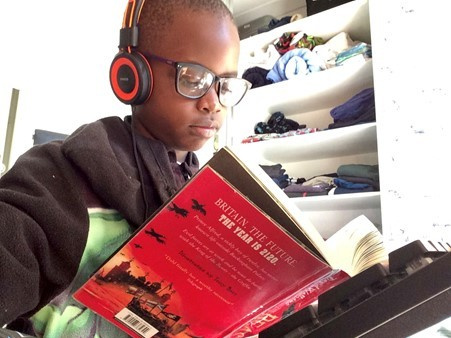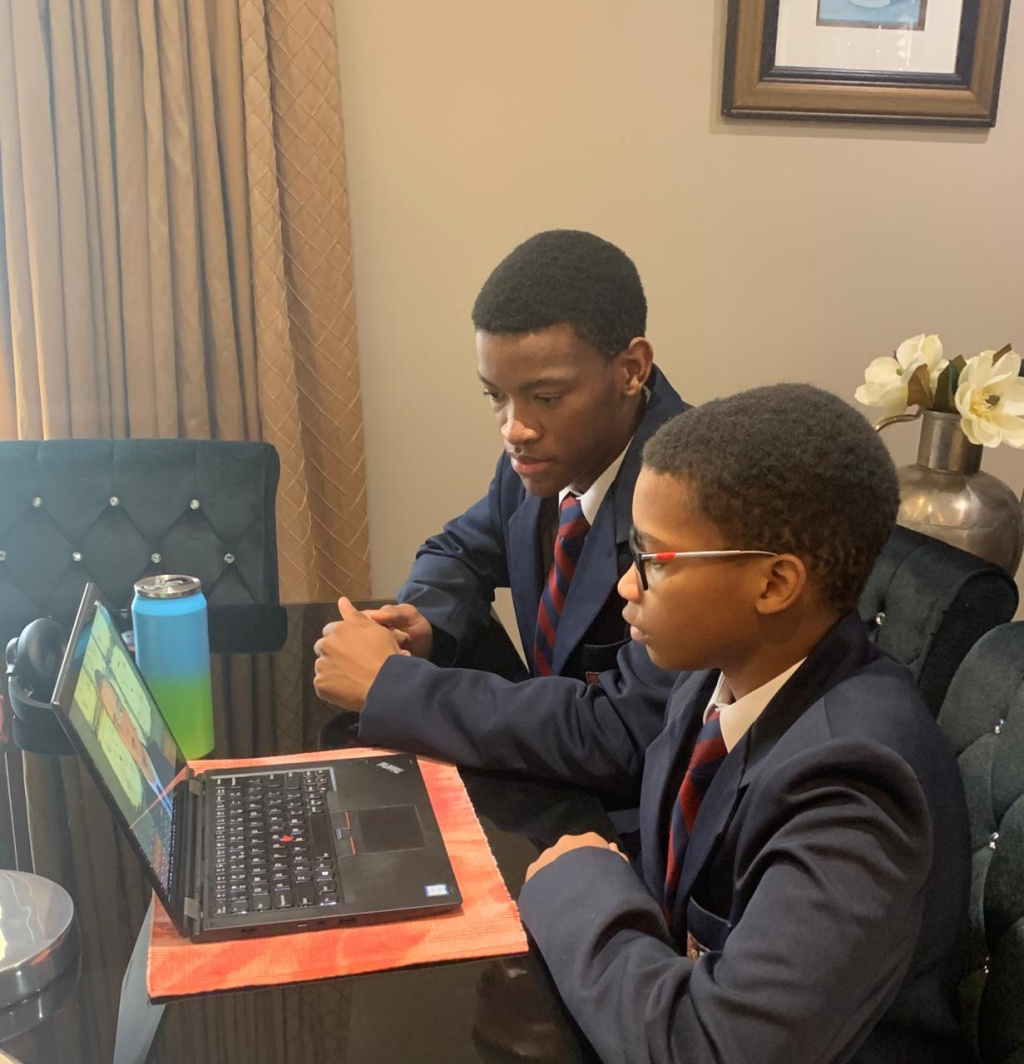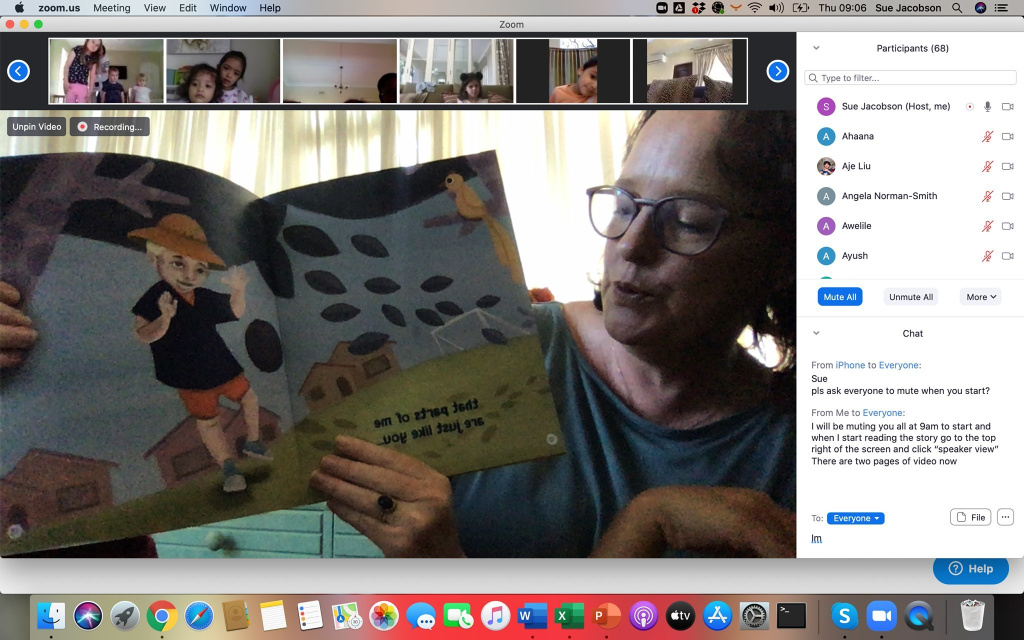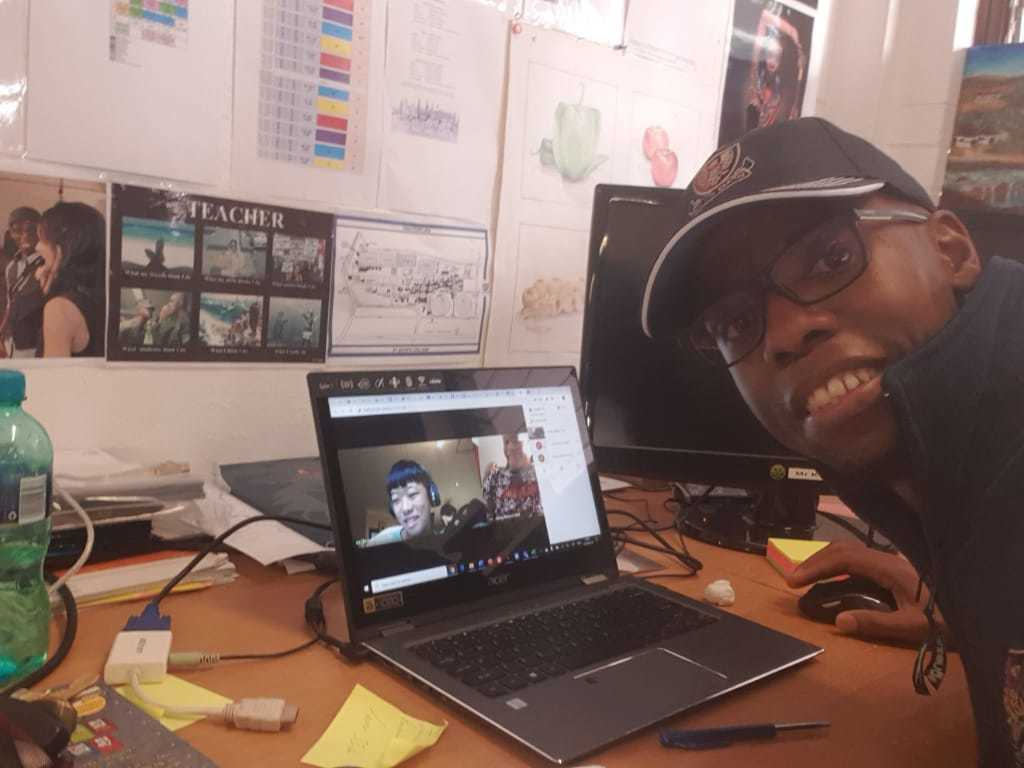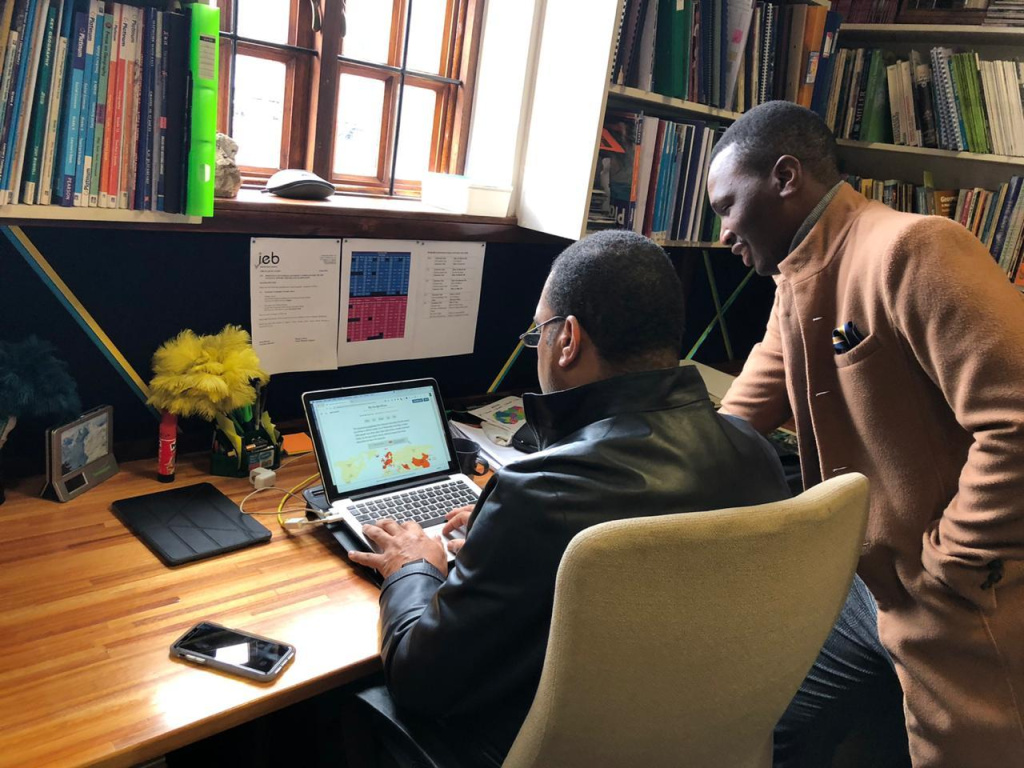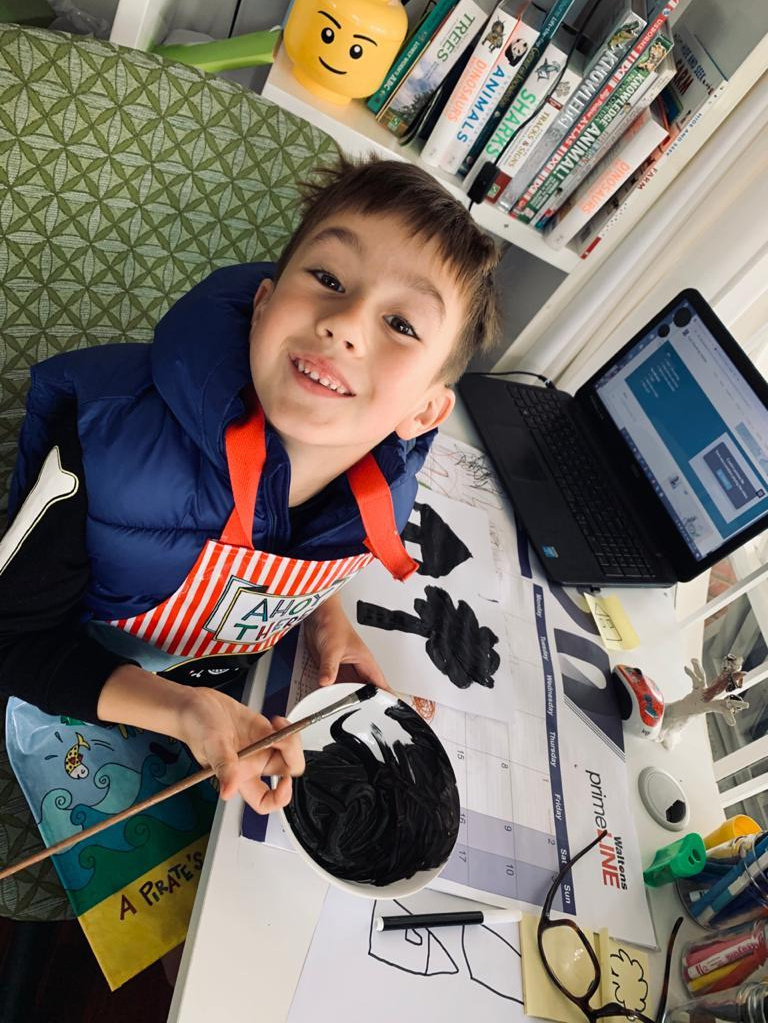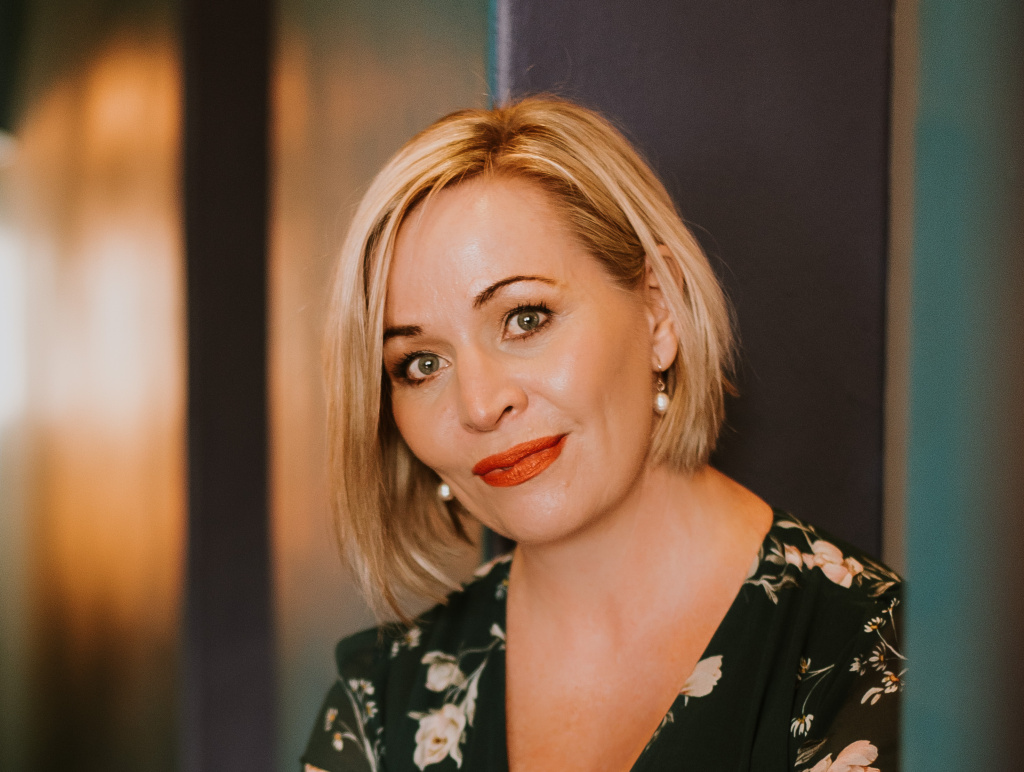As the Department of Basic Education delays the reopening of schools for the 2021 academic year in the face of the second wave of the pandemic, let's take a look at how the St John's College classrooms moved online within 48 hours in 2020.
When President Cyril Ramaphosa announced school closures on 16 March and the national lockdown 26 March this year to mitigate the spread of COVID-19, many businesses and universities shut their doors. St John’s College teachers took their lessons online in a matter of 48 hours, writes Irene Basson, Director IT: Teaching & Learning.
Over the past years, teachers have steadily been upskilling to integrate technology into the curriculum and use it successfully in the classroom. But nothing could have prepared them for an almost overnight transition to remote teaching.
St John’s teachers have proven how dedicated and resilient they are – in just 48 hours they began teaching online to ensure uninterrupted schooling in a time of COVID-19 lockdowns. This involved adapting lesson content to an online format, creating screencasts and videos and attending workshops about effective teaching techniques for online learning - all while meeting their online teaching commitments.
St John’s adopted a remote learning plan which outlined the five main principles outlined below. As the months progressed, these have proved invaluable in directing us when the continuously changing landscape threatened to overwhelm us.
Focus on the familiar
In uncertain times, it was particularly important to keep things simple and not to overwhelm students and teachers with dozens of new apps and programmes. Initially, we outlined a handful of essential apps with which all students and teachers had to be familiar and which would allow us to deliver our curriculum remotely. By simplifying, we could ensure the focus remained on the content and not on navigating the technology.
St John’s College was one of the early adopters of GSuite for Education and the platform provided a reliable, secure system for the exchange of student work at a distance. Google Drive and Google Docs gave teachers and students the ability to work collaboratively in shared folders and documents and Google Meet provided a secure platform to have synchronous lessons. Google Classroom has been particularly effective for managing distance classrooms - it allows teachers to assign, review, and mark student work and give meaningful feedback. Google Jamboard - an interactive collaborative whiteboard - enabled teachers to recreate a virtual classroom space. In addition to the suite of Google offerings, Flipgrid allowed teachers to hear their students’ voices as they recorded video feedback in various lessons. Using Screencastify teachers captured their screens and created ‘teaching videos’ which were uploaded to the various Google Classrooms.
As the months progressed, teachers gradually introduced additional apps which gave them the ability to create more interactive content, such as online quizzes and assessments. As teachers and students became more familiar and confident with the technology, their creativity flourished, and the exceptional content created by teachers and students affirms how lucky we are to be part of such a brilliant community.
Connection over content
At St John’s, the relationship with our students is at the core of our business and we wanted to ensure we didn’t lose that connection as we embarked on our online journey. Care for students and their wellbeing remained our primary focus and regular face-to-face online meetings were a priority.
The College adopted a blended learning approach, where most of the content was delivered asynchronously and the focus of synchronous classes was on discussing, reviewing and expanding on the material. This created opportunities for students to ask questions and connect with their teachers and tutors. The Prep opted for a more synchronous approach, which corresponded to a normal school day with almost all lessons delivered synchronously, ensuring a lot of face time with teachers and classmates. Similarly, the Pre-Prep and the Bridge had designated times where the little ones could connect on a Google Meet with their friends, for phonics lessons, maths or a birthday ring. In all these interactions, the emphasis was on strengthening our connections, which is an essential part of holistic education.
Clear, centralised communication
When working online, clear communication is vital, as is the ability to access information. To minimise anxiety and frustration, we knew we needed to make it as easy as possible for students to find their work, to know what was happening and to access information. We created an online platform for each of our campuses, to ensure our entire community had a ‘one-stop’ place where they could find all communications, information, lessons and connections relevant to them.
These have become a lifeline to students, but also a spectacular showcase of the wonderful work produced in the past few months. The various platforms are accessible here https://sjc.co.za/distance.
Recreating ritual and rhythms
St John’s values are steeped in community practices. Regular chapel services, assemblies, amphitheatre talks, music concerts and sports events contribute to the richness of our school. Whereas these ‘extras’ had simply disappeared for most schools, the staff at St John’s mobilised to bring these offerings to life in a virtual format. Every morning students had access to morning prayers as recorded by the chaplains, and weekly virtual Mass Services for the Prep, College and 6th Form were uploaded onto the various platforms.
The headmasters were creative in recording virtual assemblies and amphitheatre gatherings, complete with virtual music performances and the ‘Sports Blitz’ updates. Sport staff designed fitness and conditioning programmes, with daily workouts posted online to keep students motivated. We also had virtual inter-house drama plays, music concerts and various webinars with community experts on a diverse range of subjects.
Support for success
Despite the best of intentions, hours of training, support and preparation, technology (and loadshedding!) can sometimes disrupt the flow of a teaching situation. Teachers had to be flexible and resourceful to mediate these challenges to reduce student and parent stress. Similarly, students and parents had to navigate an unfamiliar online landscape. Our support team, under the very capable leadership of Mishen Sigamoney, expanded operations to provide outstanding service, not only to teachers but now also to students and parents. The Online Support site - https://sjc.co.za/online-support - gave students, teachers and parents the ability to log helpdesk tickets which were resolved remotely.
Many of our students had difficulty adapting to online learning and our psychologists and academic support teams continued to support students online, organised through a booking page on the support website.
What’s next?
One of St John’s strategic objectives is to ensure the school is at the forefront in the use of technology by 2023. COVID-19 accelerated our progress. Peter Henning and the IT committee have made huge strides in improving the infrastructure, the access to technology and the support systems at St John’s. Staff training in educational technologies has been an ongoing process for some time and increased during this crisis. It was gratifying to know we had made such significant progress in all of these areas that we could mobilise and become a fully functional online school within two days.
This experience, difficult as it has been, afforded us the opportunity to reflect on our practices, highlight the successes and identify the gaps, which will inform our planning and ensure we are equipped to deal with whatever form the future might take. We look forward to maintaining a high standard of innovative teaching and learning, enriched by a sustainable online offering, as we navigate the next few months.
Irene Basson is the Director of IT: Teaching & Learning at St John's College. As an Apple Professional Learning Specialist and a certified Google Innovator, Educator and Trainer, Irene loves working with teachers, exploring innovative ways to integrate technology into the curriculum and equip students and teachers to thrive in the future.
This article first appeared in the November 2020 edition of VITA, the St John's College magazine that celebrates the richness, strength and deep heritage of our community.

